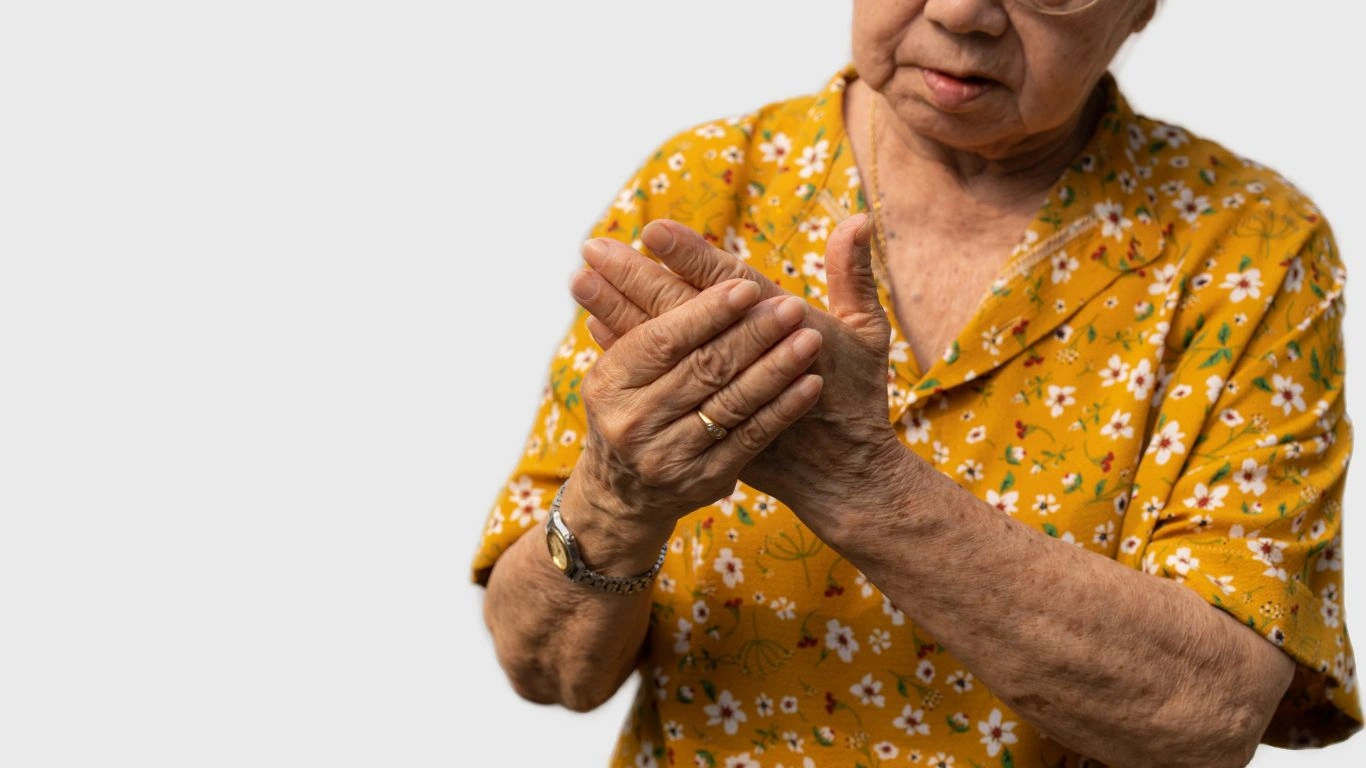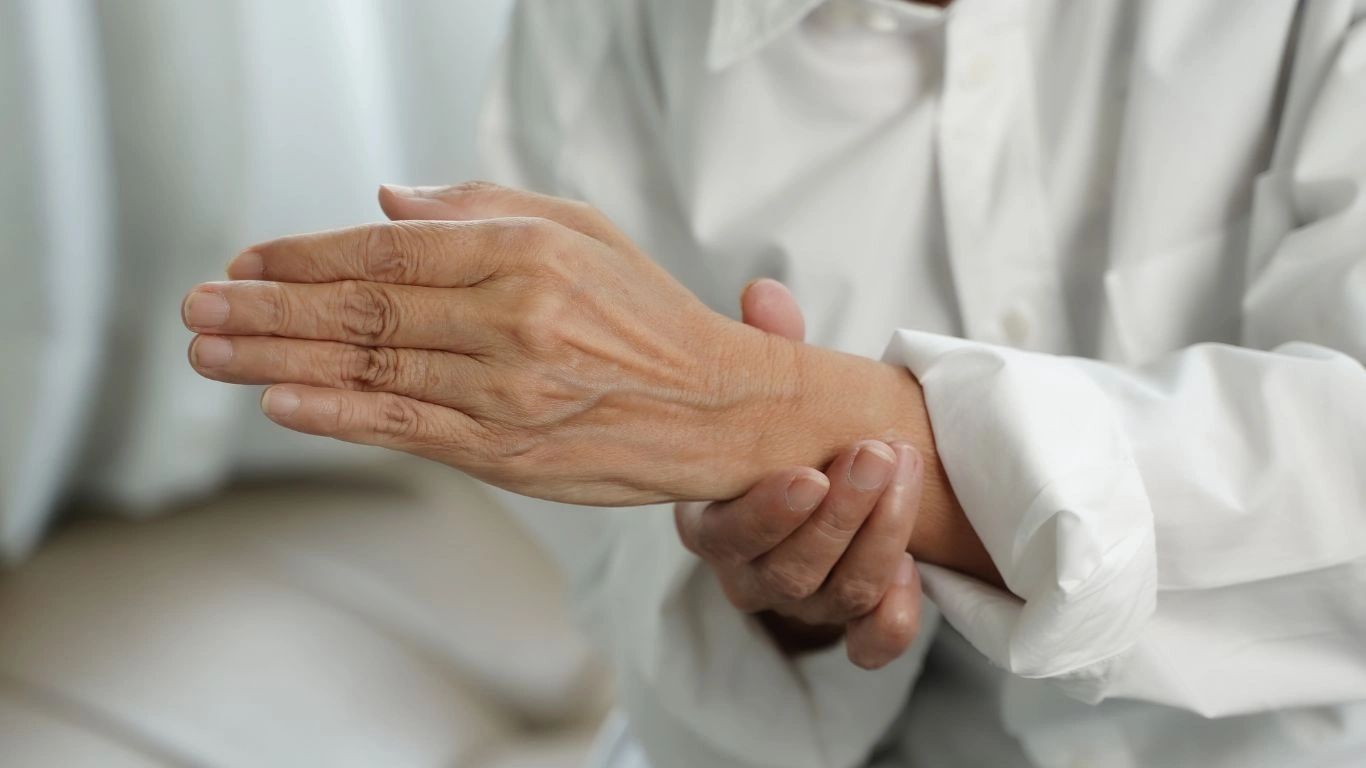Signs Your Rheumatoid Arthritis is Progressing: What to Watch For
Living with rheumatoid arthritis can feel like a balancing act some days. You might be wondering, “Is my RA getting worse, or is this just a flare-up?” Well, let’s break it down and help you spot the signs of progression, so you can stay ahead of the game!

What Does RA Progression Mean?
So, RA progression basically means that the disease is causing more damage or becoming harder to control. It’s not just about your joints hurting more; it can involve other symptoms or even complications. Everyone’s journey is different, but the earlier you spot progression, the sooner you can tweak your treatment plan.
Signs Your Rheumatoid Arthritis is Progressing

1. Persistent Joint Pain and Swelling
Okay, joint pain is kind of the main thing with RA, right? But if the pain and swelling stick around longer than usual or show up in new joints, that’s a sign your RA might be advancing.💡 Pro Tip: Pay attention to patterns. If you notice changes, jot them down to discuss with your doctor.
2. Increased Fatigue
RA fatigue is no joke. If you’re finding it harder to shake off that bone-deep tiredness, even when you’re getting enough rest, it could mean your inflammation levels are higher than before.
3. Stiffness That Won’t Quit
Morning stiffness is pretty classic for RA, but when it stretches well beyond the morning—or just doesn’t go away—that’s worth noting.
4. Loss of Joint Function
Are everyday tasks getting trickier? If you’re suddenly struggling to open jars, climb stairs, or type on your keyboard, it might mean your RA is affecting your joint function more than before.
5. Visible Joint Deformities
Over time, untreated inflammation can damage cartilage and bones, leading to visible changes in joint shape. This is usually a late sign of progression, so don’t wait to address symptoms early.
6. Extra-Articular Symptoms
RA isn’t just about joints. If you’re noticing issues like dry eyes, shortness of breath, or rashes, it could mean the inflammation is affecting other parts of your body.
How to Manage RA Progression

1. Stay Consistent with Meds
DMARDs (disease-modifying antirheumatic drugs) are your RA MVPs. If you’re noticing progression, talk to your doc about adjusting your meds.
2. Keep Moving
Low-impact exercises like yoga or swimming can help keep your joints flexible without adding stress.
3. Don’t Skip Checkups
Your rheumatologist is your partner in managing RA. Regular visits help catch changes before they get serious.
4. Know Your Triggers
Stress, lack of sleep, and even certain foods can cause flares. Keeping a symptom journal can help you spot patterns.
5. Advocate for Yourself
If something feels off, speak up. You know your body better than anyone else.
Conclusion
Living with RA is a journey, but being proactive makes a world of difference. Spotting

Tarra Nugroho is a dedicated Nurse Practitioner with a strong foundation in family and preventive care. She brings both compassion and clinical expertise to her practice, focusing on patient-centered care and health education. As a contributor to Healthusias.com, Tarra translates medical knowledge into clear, empowering articles on topics like women’s health, chronic disease management, and lifestyle medicine. Her mission is simple: help people feel seen, heard, and informed—both in the clinic and through the content she creates. When she’s not caring for patients, Tarra enjoys weekend hikes, plant-based cooking, and curling up with a good health podcast.






